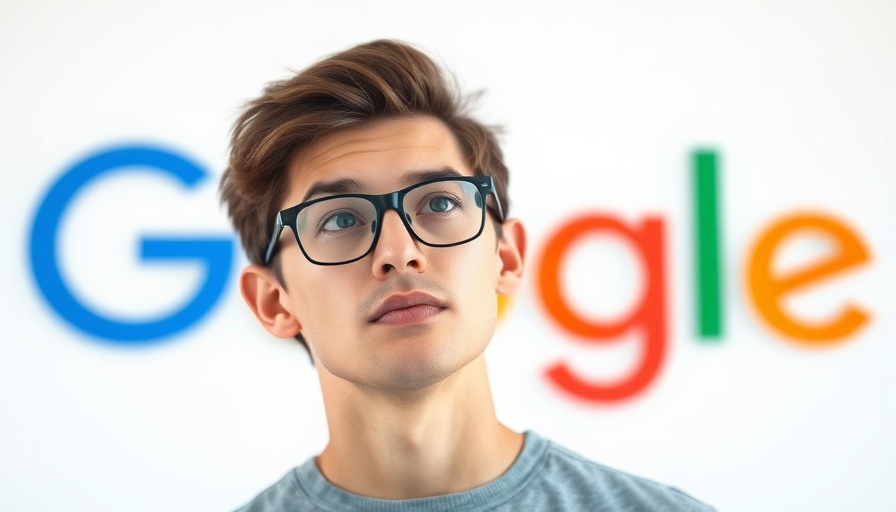
Unlocking the Power of AI in Google Ads
As the digital advertising landscape evolves, platforms like Google Ads are increasingly leaning into AI technology to optimize and enhance ad performance. However, while AI-assisted features promise to streamline processes, they are not without their caveats. Advertisers must deftly navigate the balance between automation and human creativity to produce effective ad copy.
Understanding AI-Generated Ad Copy
Google’s AI capabilities allow it to generate ad copy based on landing page content, existing advertisements, ad group keywords, and various business parameters. This Integrated system, designed for Responsive Search Ads (RSAs) and Performance Max campaigns, presents a unique advantage: a nearly limitless pool of creative combinations. Nevertheless, success hinges not just on enabling automation but also on maintaining a clear strategy that ensures your messaging remains consistent and compelling.
Why Human Touch Matters
While AI can churn out suggestions in mere moments, human oversight is crucial to ensure that these outputs resonate with your audience. For instance, Google's Automated Created Assets (ACA) might generate headlines that are too generic, lacking the brand personality that helps differentiate one business from another. As the platform’s disclaimer suggests – you hold legal responsibility for what the AI produces, emphasizing the necessity of careful input and review.
The Importance of Ad Strength in Your Campaign
Google Ads features an “Ad Strength” indicator that monitors the quality of your advertisements in real-time, suggesting ways to enhance ad copy. This feature is designed to motivate advertisers to diversify their headlines and descriptions, but it can lead to some inaccuracies. For instance, some suggestions may not fit the specific context of your business, such as prompts like 'buy online' for a service-oriented company. Advertisers must use this feedback judiciously, funneling it towards more authentic and relevant advertising.
Common Missteps with Automated Features
Relying solely on AI-generated suggestions can lead to blunders. Advertisements that come off as generic often fail to create genuine connections with consumers. Therefore, the onus is on marketers to carefully curate both the manually entered copy and the AI-generated suggestions. A balanced approach—incorporating strategic insights while leveraging AI capabilities—serves as the cornerstone for creating impactful Google Ads.
Wrapping Up: The Future of Automated Ad Copy
In a digital world where consumers crave personalization, understanding how AI influences ad strategies will set you apart. Embrace the technology, but don't lose your human touch.
 Add Row
Add Row  Add
Add 




Write A Comment